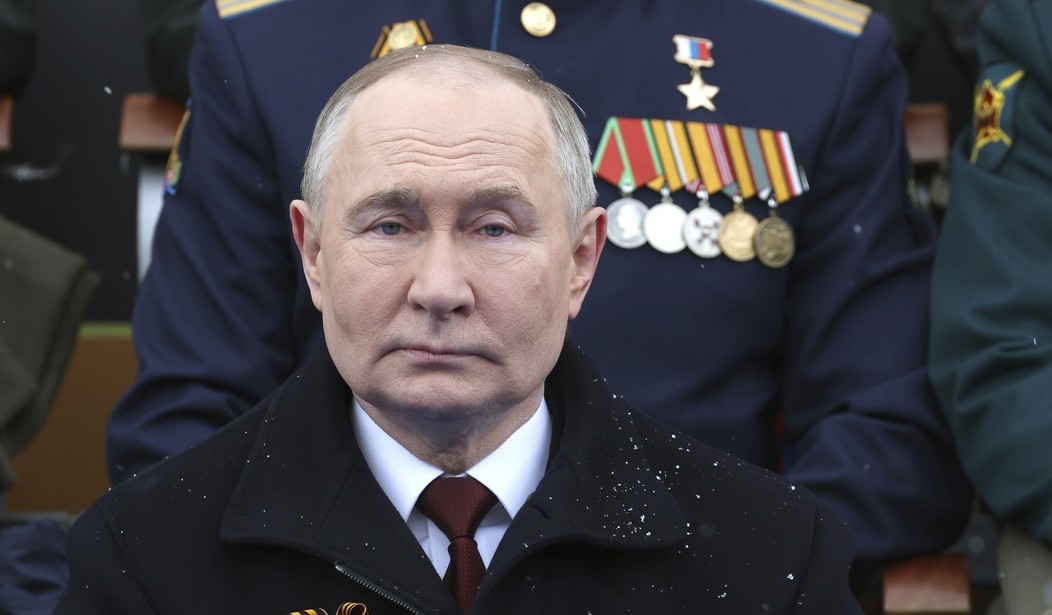Vladimir Putin may be in the mood to discuss a possible ceasefire on his terms, but that doesn't mean that he's ready to give up completely. He's also not inclined to simply surrender Russian assets in other countries without getting something in return. The White House has recently been in talks with other NATO allies about seizing frozen Russian assets and selling them off to raise more money to send to Ukraine. This prompted Putin to sign a new decree this week allowing his government to confiscate the assets of United States companies and individuals in his country. Most of those assets are currently in limbo because of the sanctions placed on Russia at the start of the war in Ukraine. In other words, the military warfare is showing signs of potentially slowing down, but the economic warfare could drag on for quite some time. (Associated Press)
President Vladimir Putin has signed a decree allowing Russia to confiscate assets of U.S. companies and individuals to compensate for any Russian assets confiscated in the United States.
The decree was published on the Russian government’s legal portal on Thursday as top finance officials from the Group of Seven industrialized nations began a meeting at which the question of what to do with Russian assets frozen in the West is at the top of the agenda.
Ukraine and many of its supporters have called for the confiscation of $260 billion in Russian assets frozen outside the country after Russia’s . But European officials have resisted, citing legal and financial stability concerns.
All of this back-and-forth economic fencing is a result of Joe Biden signing the Rebuilding Economic Prosperity and Opportunity for Ukrainians Act last month. That gave the White House the authority to seize roughly five billion dollars worth of Russian assets in America, but we haven't done it yet and are unlikely to do so unless there is some degree of consensus among the G7 and our NATO allies. Most European countries have remained skeptical about making such a move because of the anticipated economic fallout that will result if Russia does the same in return.
This sword cuts in both directions and Putin clearly understands that. He has similarly hesitated to go through with any seizures. In fact, his decree allows Russia's central bank and individual investors to only seize American assets after their own assets have been seized by Washington, and then only up to a total value equal to what they lost. Much like conventional warfare, economic warfare can also escalate and spiral out of control quickly. Both sides still appear to be cognizant of that reality.
These developments are an unpleasant reminder of the realities underlying the current tensions being observed around the globe. For all the talk about Russia and China being America's primary adversaries, we have substantial investments in both nations. Both of those nations also have significant investments in the United States and Europe. If the West seeks to completely disengage with the new axis of evil, it's going to cause massive disruption to many economic interests.
That doesn't mean it's impossible, but everyone needs to be considering their options with their eyes open. Cutting ties entirely can't be done without some economic pain on both sides. Some countries have far greater supplies of various mineral resources and other assets than others. South America controls a substantial majority of the world's lithium deposits, for example. And many of those countries have been on far better terms with Russia than the United States recently. It's probably wiser to let cooler heads prevail for the moment and wait to see how Russia's ceasefire proposal is received.








Join the conversation as a VIP Member